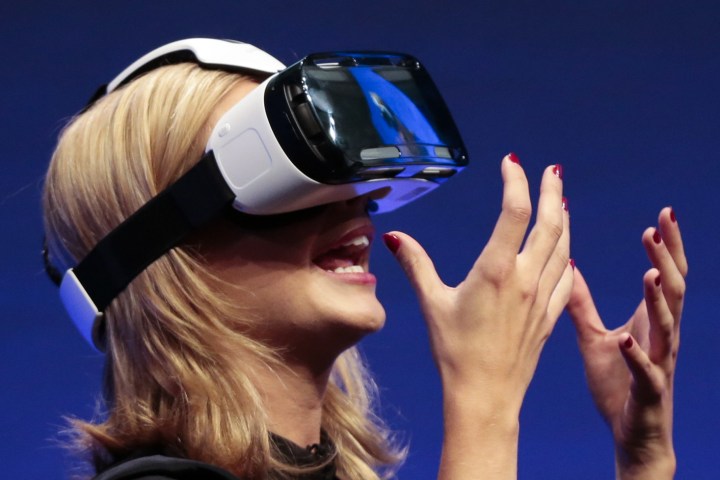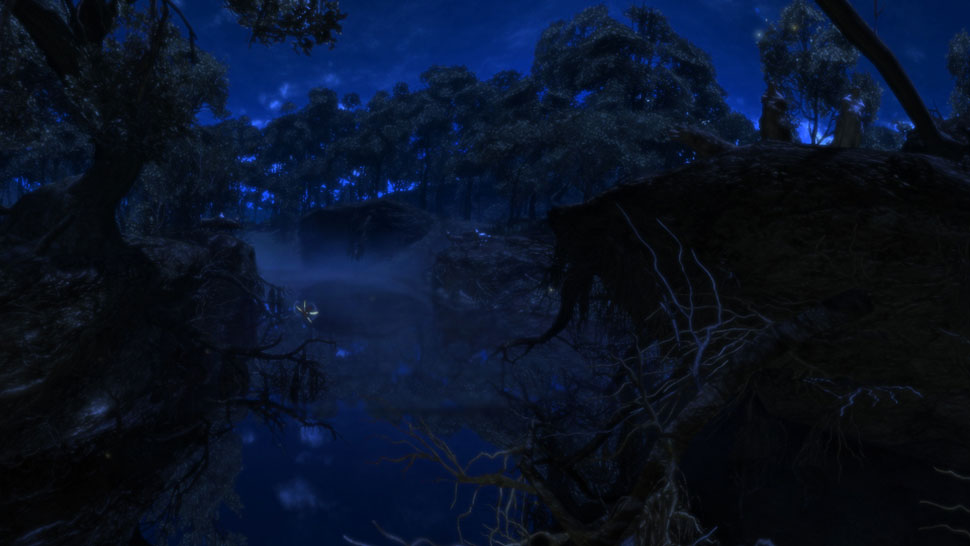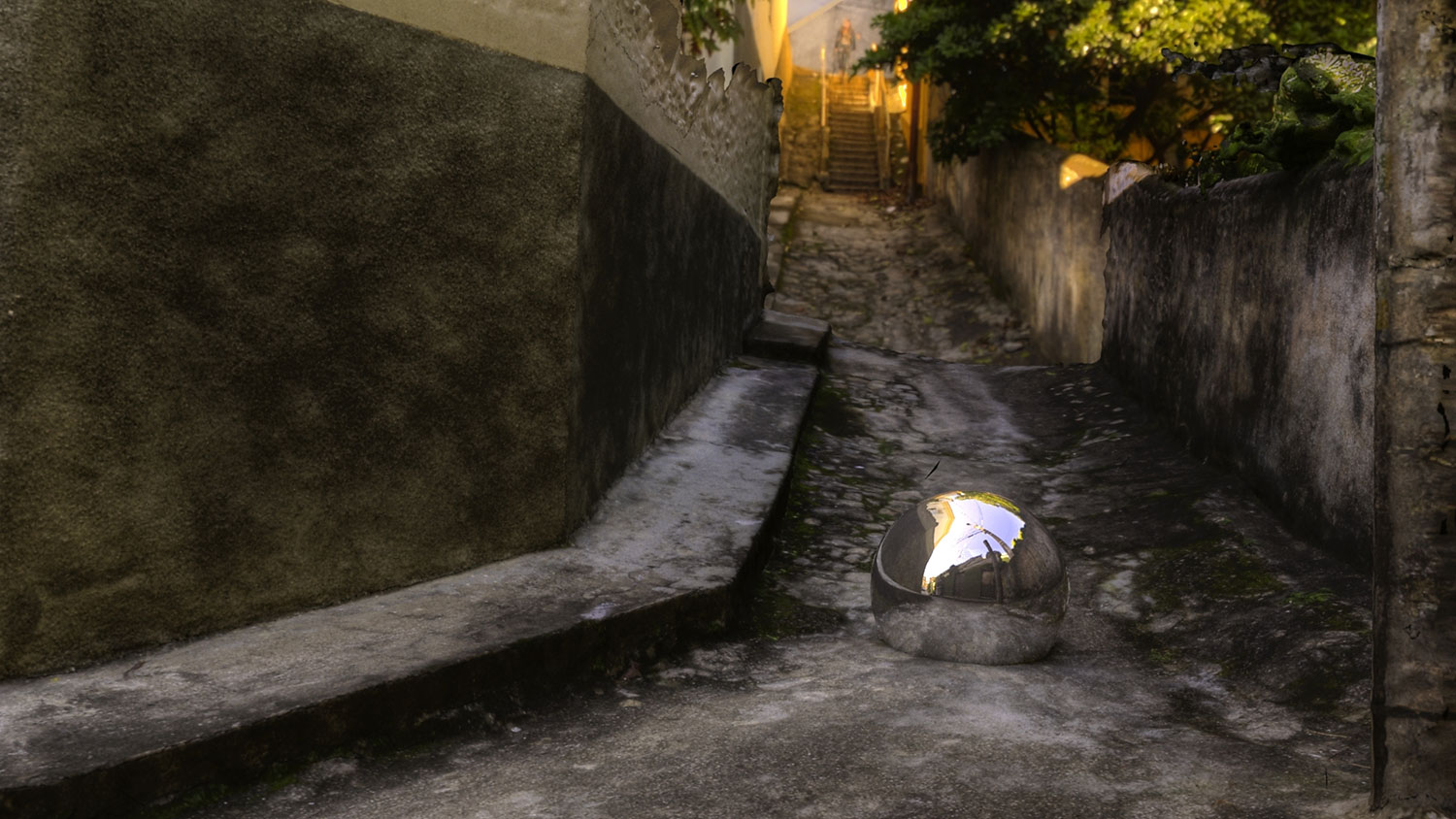
Earlier this month, virtual reality content company HoneyVR announced its new initiative, Catalyst, which pairs filmmakers with charities to produce virtual reality shorts (3 to 10 minutes long) on social issues. The filmmakers will be chosen from HoneyVR’s “Hive” network, a collection of hundreds of artists with experience in CGI and 360 video content. HoneyVR CEO and co-founder Steven Austine has high hopes, stating that “virtual reality can provide those emotional connections between people and social causes on a scale unprecedented in history.” Catalyst and HoneyVR’s “Hive” network are part of the company’s plan to release over 200 “virtual reality experiences“ starting this Christmas
In an exclusive interview with Digital Trends, HoneyVR’s CEO and co-founder explains the company’s plans to release a collection of virtual reality movies by Christmas, how they’ll deal with virtual reality’s vomit problem, and much more.
Digital Trends: HoneyVR announced 200 upcoming VR experiences from filmmakers in its “Hive.” Have any of those videos been released and how are proposals selected?
Steven Austine: We plan to release the first batch of titles in the HoneyVR app around Xmas 2015. The app will be available for multiple VR platforms including Google Cardboard (iOS and Android), Samsung Gear VR, and Oculus Rift. Proposals are selected based on the quality of the filmmaker’s portfolio and whether we believe the proposed storyboard will be entertaining in the VR medium. Oftentimes we will love a filmmaker’s portfolio but their proposal doesn’t translate well to VR, so we will work with them on crafting a concept and storyboard that works better for the medium.
Have any of the filmmakers or charities been chosen yet?
We have several charities on board but are still finalizing concepts and production details — we plan to announce more once the projects are ready for release in 2016.

One of the biggest defects of virtual reality is nausea induced by extensive viewing. Has HoneyVR taken this into account? And what other technical hurdles must be passed before the early 2016 launch?
While part of the nausea issue is driven by hardware, most of it can be attributed to poorly produced content. Unlike the other 360 video platforms — like Google’s YouTube and Samsung’s MilkVR — HoneyVR is not an open platform where anybody with a 360-video camera rig can post content. Rather, we work extensively with our filmmakers during the production process to ensure all works are both entertaining and optimized for virtual reality. We have compiled a strict set of VR best practices which we enforce, including methods to reduce nausea by avoiding camera tilting/panning, walk simulation, abrupt cuts, and other things.
In addition to the VR best practices, we have a QA process where we constantly test content at different stages of the creative process using various virtual reality HMDs [head-mounted displays]. Filmmakers also get free access to our in-house render farm to ensure all works are optimally rendered for VR and at very high resolutions.
How will HoneyVR decide which charities, filmmakers, and issues are involved in the Catalyst series?
It’s not enough to just be a good cause — HoneyVR is an entertainment platform at its core, so we’re looking for messages that will translate into a highly entertaining and memorable VR experience. We believe that approach will resonate the strongest with consumers and thus give maximum benefit to the cause.

What effect are you hoping to have on a virtual reality industry that is just starting to become adopted by the masses?
We strongly feel that virtual reality can be extremely entertaining while having cultural significance. Our first effort in this area was our Time Traveler series, where we are memorializing important past events, and our second effort is the Catalyst series where we are driving awareness for important causes. That said, most of our projects are just incredibly entertaining experiences and don’t carry any sort of cultural significance. For example, we have titles where you swim with sharks, chase fireflies in enchanted forests, wander through haunted insane asylums, and everything else under the sun.
Is virtual reality creating its own genre or will there be a time where we see full length films/documentaries in virtual reality?
For the foreseeable future, we think virtual reality content should be closer to an amusement park ride then a feature film — short, entertaining, and intense. The good stuff makes you sway your body, duck your head, move your hands around, and shout out loud — who wants to do that for 2 hours? Shorter form content will rule in virtual reality for quite some time in our view, but hardware advances will ultimately enable longer form content in the long-term.
The films in HoneyVR’s Catalyst series are scheduled to be released in early 2016.





